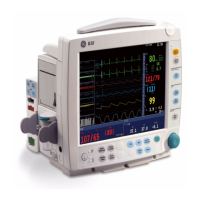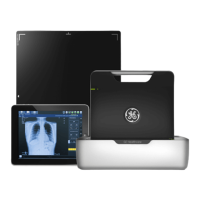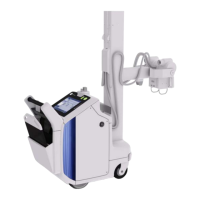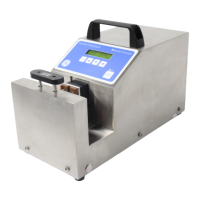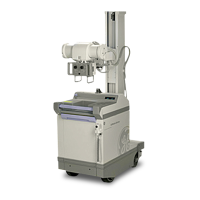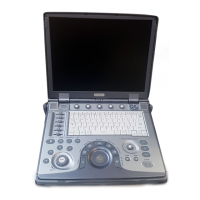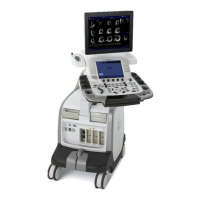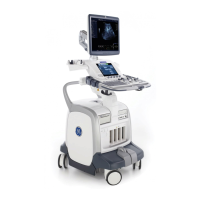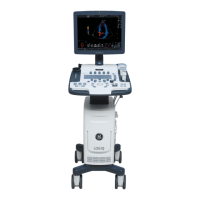What to do if GE Medical Equipment displays 'Faulty ECG cable'?
- KKelsey BakerSep 9, 2025
If the GE Medical Equipment displays 'Faulty ECG cable', change the ECG cable and the lead set. If the module connector is wet, change the ECG module and keep the connectors dry. Avoid excessive use of liquids when cleaning cables and connectors.
